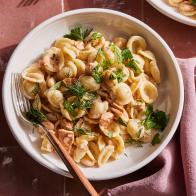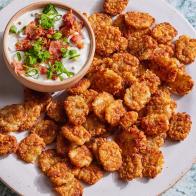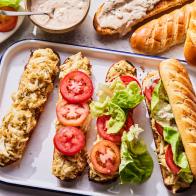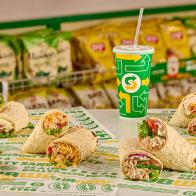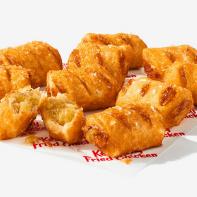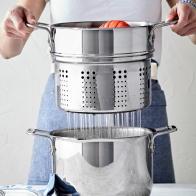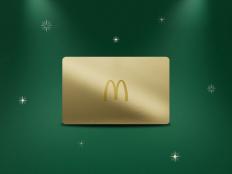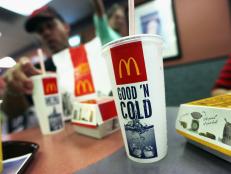Order This, Not That: McDonald’s

Mickey D's has been talking up their healthier menu items, but what do the nutrition facts have to say? Here’s what to order -- and what to avoid -- next time you have to stop at the “golden arches.” (And, no, fries don't make the good list.)
For breakfast, a good old Egg McMuffin will keep the meal at 300 calories -- a better choice than many other breakfast offerings. When it comes to burgers, keep it small. Order a cheeseburger (300 calories and 12 grams of fat) and add a side salad instead of fries.
For entrée salads, go for the Premium Asian Salad with Grilled Chicken (300 calories and 10 grams of fat). Top it with one of the low-fat salad dressing options but only use half of the packer -- the low- fat dressings have 50% more sodium than the regular ones.
You might also try a Grilled Chicken Snack Wrap as a meal -- at 260 calories and 9 grams of fat, it's too much for a “snack.” Mini burgers are popping up on menus in some parts of the country -– we’ll have to wait and see what the nutrition info is on those little guys when they debut closer to home.
For something sweet, choose a small portion of reduced-fat vanilla ice cream (don’t be shy, ask for a kiddie size) or a fruit and yogurt parfait.
NOT: Nothing “DELUXE,” “LARGE,” “DOUBLE” or that ends in “FLURRY”
Deluxe Breakfast entrees have more than 1000 calories, 60 grams of fat and a days worth of sodium. The McSkillet Burrito weighs in at 600 calories and over 30 grams of fat -- not an ideal way to start your day!
A large fries has almost half a day’s allowance of fat. Have those fries with a Double Quarter Pounder with Cheese and you’ll be adding 740 calories -- that’s 200 more calories than a Big Mac.
McFlurry ice cream desserts fall in the 500 to 600 calorie range. Guess how many calories are in the Triple Thick Shakes? A lot.
To look up those shakes and all the other McDonald’s menu items, visit their website.

